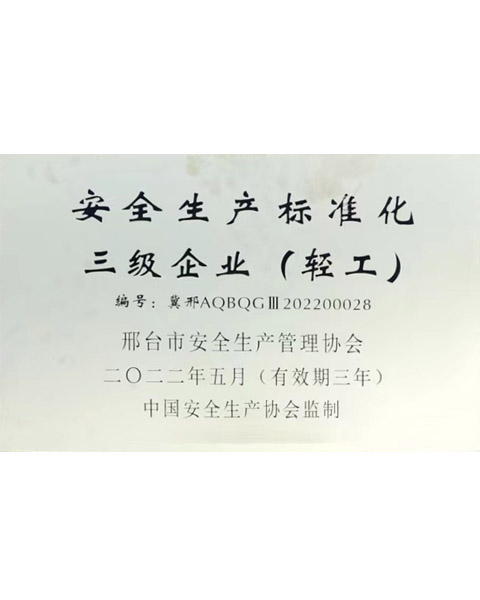Understanding the Main Function of Power Steering Hoses in Vehicle Mechanics
The Primary Purpose of Power Steering Hoses
Power steering is an essential system in modern vehicles, designed to enhance the driver's ability to steer the car with minimal effort. One of the most critical components of this system is the power steering hose. The power steering hose serves a very specific purpose that is vital for optimal vehicle performance, safety, and comfort. Understanding the primary purpose of power steering hoses can help vehicle owners appreciate their importance and ensure proper maintenance.
At its core, the power steering hose is responsible for transmitting hydraulic fluid between the power steering pump and the steering gear or rack. When you turn the steering wheel, the power steering pump generates hydraulic pressure, which is then conveyed through the hoses to the steering mechanism. This hydraulic pressure amplifies the force exerted by the driver, making it significantly easier to steer the vehicle, especially at low speeds or when parking.
There are typically two types of hoses involved in a power steering system the pressure hose and the return hose. The pressure hose carries high-pressure fluid from the pump to the steering gear, while the return hose sends low-pressure fluid back to the reservoir after it has been used. Both hoses must withstand varying pressures and temperatures, making it essential for them to be constructed from high-quality materials designed to resist wear and tear.
what is the primary purpose of power steering hoses

A well-functioning power steering hose ensures that the hydraulic fluid flows efficiently without leaks. Over time, hoses can deteriorate due to factors such as age, exposure to heat and moisture, and the corrosive nature of the hydraulic fluid itself. When a power steering hose becomes damaged, it can lead to fluid leaks, which in turn can result in a loss of hydraulic pressure. This loss can significantly impact the performance of the power steering system, making it difficult for the driver to steer, especially during tight maneuvers or at low speeds.
Moreover, a compromised power steering hose can lead to more severe issues within the power steering system, including damage to the pump or steering gear. Drivers may also experience increased strain on their arms and shoulders as they try to maneuver a vehicle without the assistance of the power steering. In extreme cases, steering failure could lead to accidents, making it crucial to replace worn or damaged hoses promptly.
Regular inspections and maintenance of the power steering system, including the hoses, can prevent these issues. Vehicle owners should look for signs of wear, such as cracks, fraying, or fluid leaks around the hoses. If any of these conditions are present, it is wise to consult a professional mechanic who can assess the situation and recommend necessary repairs or replacements.
In conclusion, the primary purpose of power steering hoses is to facilitate the transmission of hydraulic fluid, which is crucial for the effective operation of the power steering system. By ensuring that these hoses are in good condition, drivers can maintain optimal steering performance and enhance their safety while on the road. Regular maintenance will not only prolong the life of the power steering system but also contribute to a more comfortable driving experience.
-
Ultimate Spiral Protection for Hoses & CablesNewsJun.26,2025
-
The Ultimate Quick-Connect Solutions for Every NeedNewsJun.26,2025
-
SAE J1401 Brake Hose: Reliable Choice for Safe BrakingNewsJun.26,2025
-
Reliable J2064 A/C Hoses for Real-World Cooling NeedsNewsJun.26,2025
-
Heavy-Duty Sewer Jetting Hoses Built to LastNewsJun.26,2025
-
Fix Power Steering Tube Leaks Fast – Durable & Affordable SolutionNewsJun.26,2025

